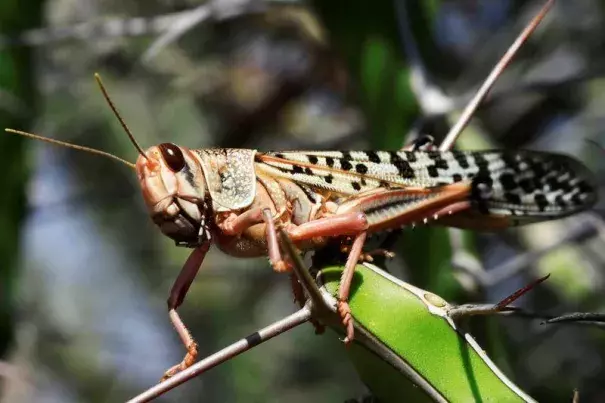Climate change linked to African locust invasion

Signals Summary: Climate change is making extreme rainfall more common, like the heavy rains East Africa saw in 2019. Global warming is increasing both the amount of moisture the atmosphere can hold and ocean evaporation, which means there is more water to fuel storms, including cyclones.
Article Excerpt: Climate change may be powering the swarms of desert locusts that have invaded eastern Africa, ravaging crops, decimating pasture and deepening a hunger crisis, locust and climate experts said.
Hundreds of millions of the insects have swept over the Horn of Africa in the worst outbreak in a quarter of a century, says the United Nations.
...
The hungry swarms threaten to exacerbate food insecurity in a region where up to 25 million people are reeling from three consecutive years of droughts and floods, say aid agencies.
Keith Cressman, senior locust forecasting officer at the U.N. Food and Agriculture Organisation (FAO), said the swarms formed after cyclones dumped vast amounts of rain in the deserts of Oman - creating perfect breeding conditions.
...
“This outbreak was clearly worsened by unusually heavy rains in the region and there is an interaction with the unusual cyclonic activity,” said Francesco Rigamonti, Oxfam’s regional humanitarian coordinator.
“It’s difficult to say that it is due to climate change - but there is an interaction between the two. What we do know is that we are having a lot of extreme events like droughts, floods and now locusts in the region, so we need to be prepared.”


